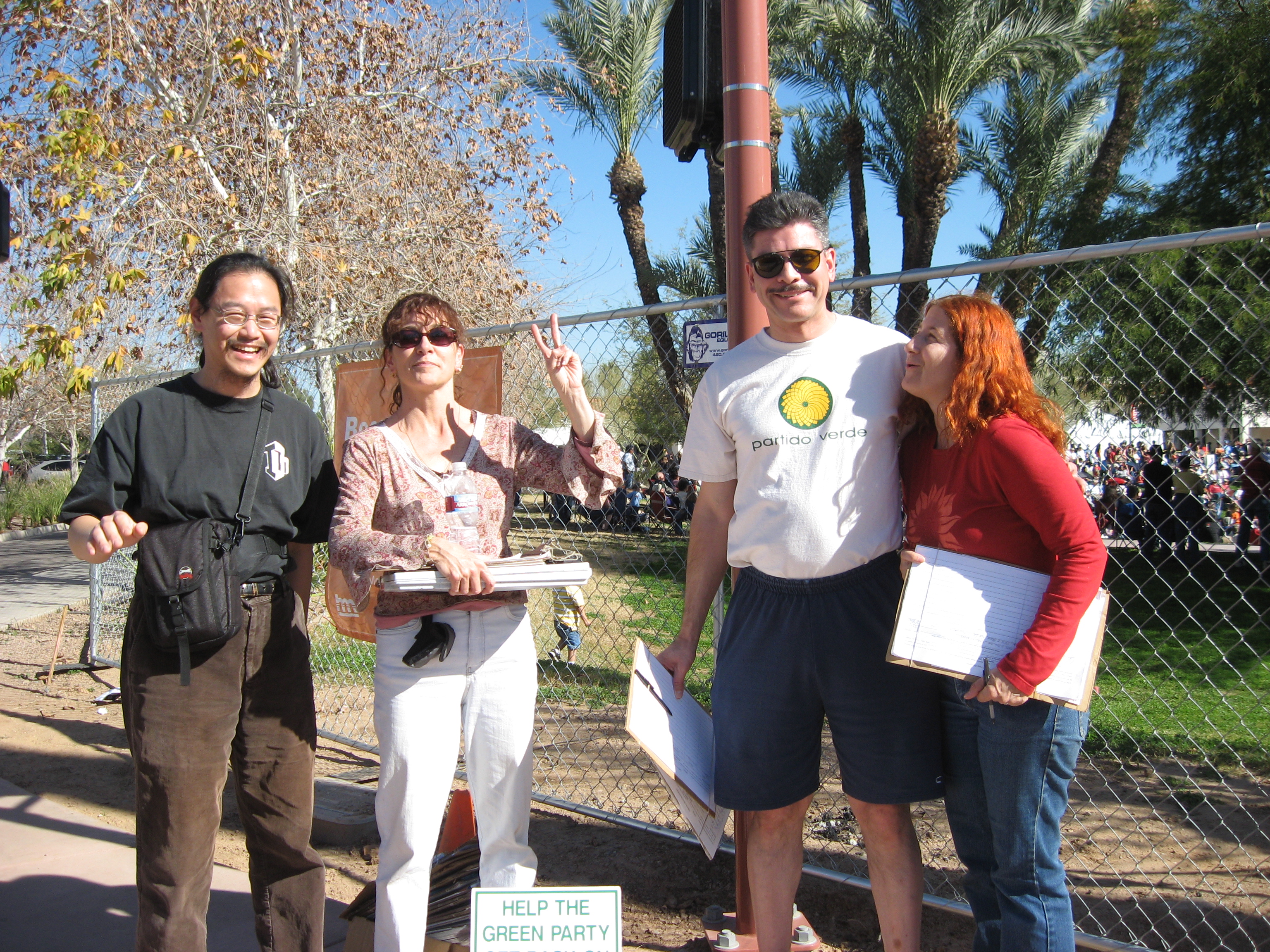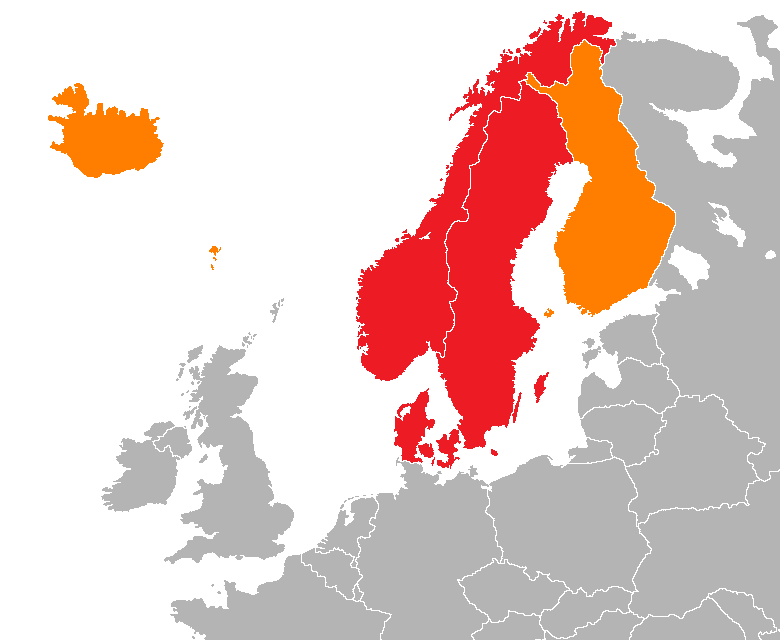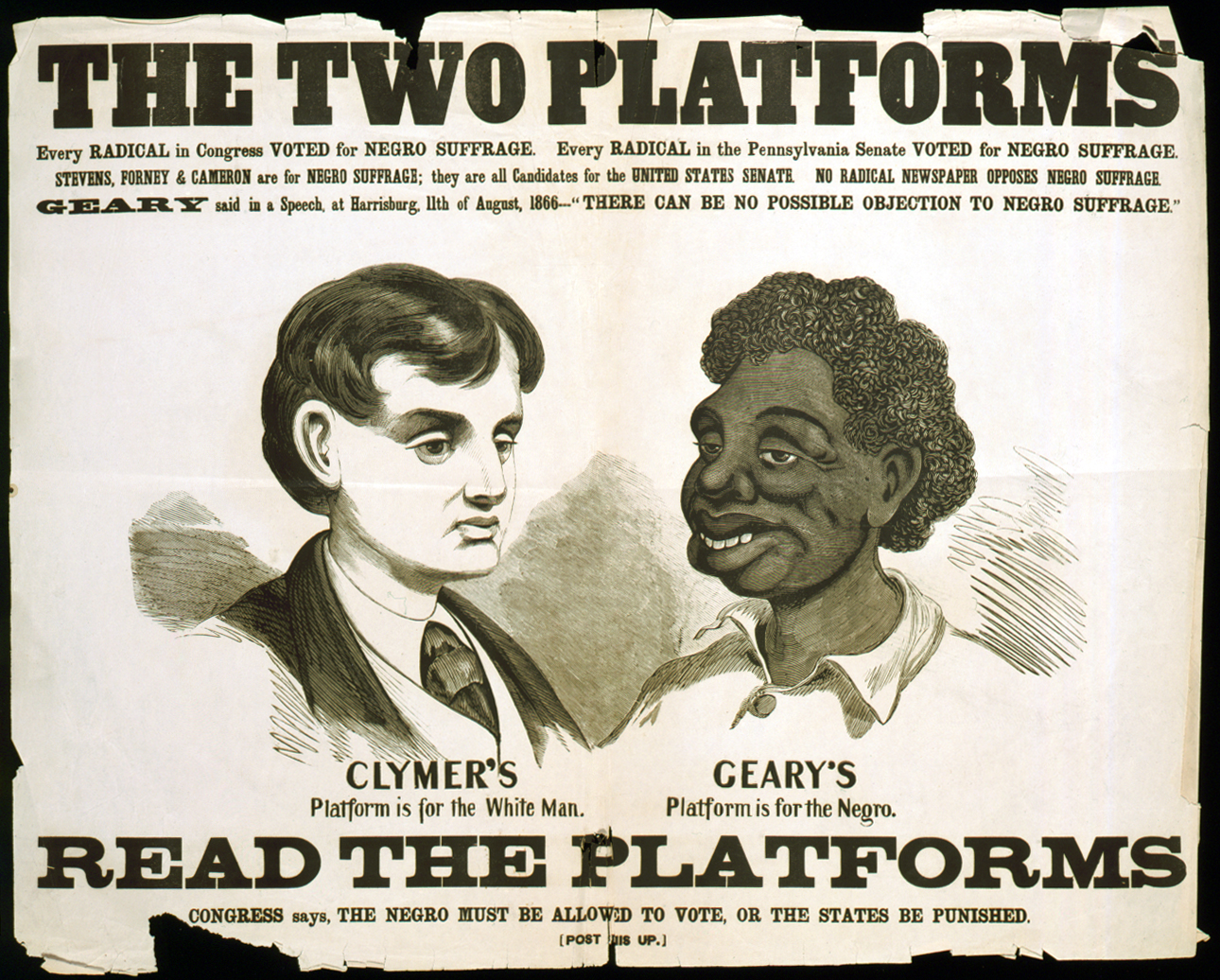|
1924 United States Presidential Election In Minnesota
The 1924 United States presidential election in Minnesota took place on November 4, 1924, in Minnesota as part of the 1924 United States presidential election. Voters chose 12 electors, or representatives to the Electoral College, who voted for president and vice president. A rapid recovery from the depression of 1920 and 1921, despite major Republican losses during the 1922 House electionsAyers, Edward; Gould, Lewis; Oshinsky, David and Soderlund, Jean; ''American Passages: A History of the United States, Volume II: Since 1865'', p. 677 placed the Republican Party – who gained a record popular-vote majority in the 1920 election – in a secure position despite the death of President Warren G. Harding in 1923. Rises in wages and ebbing of discontent further solidified the GOP's hold on power. More critically, the Democratic Party was mortally divided between its rural Southern faction led by William Gibbs McAdoo and its white ethnic urban northeastern faction led by New ... [...More Info...] [...Related Items...] OR: [Wikipedia] [Google] [Baidu] |
Calvin Coolidge
Calvin Coolidge (born John Calvin Coolidge Jr.; ; July 4, 1872January 5, 1933) was the 30th president of the United States from 1923 to 1929. Born in Vermont, Coolidge was a History of the Republican Party (United States), Republican lawyer from New England who climbed up the ladder of Massachusetts state politics, becoming the state's Governor of Massachusetts, 48th governor. His response to the Boston Police Strike of 1919 thrust him into the national spotlight as a man of decisive action. Coolidge was elected the country's 29th vice president of the United States, vice president the next year, succeeding the presidency upon the sudden death of President Warren G. Harding in 1923. Elected in his own right in 1924 United States presidential election, 1924, Coolidge gained a reputation as a small-government Conservatism in the United States, conservative distinguished by a taciturn personality and dry sense of humor, receiving the nickname "Silent Cal". Though his widespread p ... [...More Info...] [...Related Items...] OR: [Wikipedia] [Google] [Baidu] |
List Of Governors Of New York
The governor of New York is the head of government of the U.S. state of New York and the head of the executive branch of New York's state government and the commander-in-chief of the state's military forces.New York Constitution article IV, § 3. The officeholder has a duty to enforce state laws, to convene the New York State Legislature, the power to either approve or veto bills passed by the legislature, as well as to grant pardons, except in cases of treason and impeachment. Fifty-seven people have served as state governor, four of whom served non-consecutive terms ( George Clinton, DeWitt Clinton, Horatio Seymour, and Al Smith); the official numbering lists each governor only once. There has only been one female governor so far: Kathy Hochul. This numbering includes one acting governor: the lieutenant governor who filled the vacancy after the resignation of the governor, under the 1777 Constitution. The list does not include the prior colonial governors nor those who hav ... [...More Info...] [...Related Items...] OR: [Wikipedia] [Google] [Baidu] |
1892 United States Presidential Election In Wyoming
The 1892 United States presidential election in Wyoming took place on November 8, 1892, as part of the 1892 United States presidential election. State voters chose three representatives, or electors, to the Electoral College, who voted for president and vice president. Wyoming participated in its first ever presidential election, having become the 44th state on July 10, 1890. The state was won by President Benjamin Harrison ( R–Indiana), the 28th United States Ambassador to France Whitelaw Reid, with 50.52 percent of the popular vote, against representative James B. Weaver ( P–Iowa), running with the Attorney General of Virginia, James G. Field, with 46.14 percent of the popular vote. Harrison won the state by a narrow margin of 4.38%. Grover Cleveland was not on the ballot in Wyoming because his supporters fused with Weaver in an effort to deny Harrison Wyoming’s electoral votes. Results Results by county See also * United States presidential elections in ... [...More Info...] [...Related Items...] OR: [Wikipedia] [Google] [Baidu] |
Ballot Access In The United States
Elections in the United States refers to the rules and procedures regulating the conditions under which a candidate, political party, or ballot measure is entitled to appear on voters' ballots. As the nation's election process is decentralized by Article I, Section 4, of the United States Constitution, ballot access laws are established and enforced by the states. As a result, ballot access processes may vary from one state to another. State access requirements for candidates generally pertain to personal qualities of a candidate, such as: minimum age, residency, citizenship, and being a qualified voter. Additionally, many states require prospective candidates to collect a specified number of qualified voters' signatures on petitions of support and mandate the payment of filing fees before granting access; ballot measures are similarly regulated (as is the wording and format of petitions as well). Each state also regulates how political parties qualify for automatic ballot acce ... [...More Info...] [...Related Items...] OR: [Wikipedia] [Google] [Baidu] |
Journal For The Scientific Study Of Religion
The ''Journal for the Scientific Study of Religion'' (''JSSR'') is a quarterly peer-reviewed academic journal published by Wiley-Blackwell in the United States under the auspices of the Society for the Scientific Study of Religion, dedicated to publishing scholarly articles in the social sciences, including psychology, sociology, and anthropology, devoted to the study of religion. It is not a theology journal, as its publications tend to be empirical papers in the aforementioned disciplines, rather than papers assessing the truth or falsity, or otherwise attempting to clarify, theological doctrines. However, the eminent theologian Paul Tillich wrote a preface to the first edition, published in 1961. A former editor, Ralph W. Hood, is a major name in the psychology of religion, having published scales to assess religious experience and mystical experience. Hood was succeeded as editor in 1999 by Ted Jelen, the first ever political scientist to edit the journal. Jelen was later succ ... [...More Info...] [...Related Items...] OR: [Wikipedia] [Google] [Baidu] |
Rodney Stark
Rodney William Stark (July 8, 1934 — July 21, 2022) was an American sociologist of religion who was a longtime professor of sociology and of comparative religion at the University of Washington. At the time of his death he was the Distinguished Professor of the Social Sciences at Baylor University, co-director of the university's Institute for Studies of Religion, and founding editor of the ''Interdisciplinary Journal of Research on Religion''.Curriculum vitae Baylor University. Stark had written over 30 books, including '' The Rise of Christianity'' (1996), and more than 140 scholarly articles on subjects as diverse as prejudice, crime, suicide, and city life in ancient Rome. ... [...More Info...] [...Related Items...] OR: [Wikipedia] [Google] [Baidu] |
Scandinavian Americans
Nordic and Scandinavian Americans are Americans of Scandinavian and/or Nordic ancestry, including Danish Americans (estimate: 1,453,897), Faroese Americans, Finnish Americans (estimate: 653,222), Greenlandic Americans, Icelandic Americans (estimate: 49,442), Norwegian Americans (estimate: 4,602,337), and Swedish Americans (estimate: 4,293,208). Also included are persons who reported 'Scandinavian' ancestry (estimate: 582,549) on their census. According to 2021 census estimates, there are approximately 9,365,489 people of Scandinavian ancestry in the United States. Norsemen had explored the eastern coast of North America as early as the 11th century, though they created no lasting settlements. Later, a Swedish colony briefly existed on the Delaware River during the 17th century. The vast majority of Americans of Nordic or Scandinavian ancestry, however, are descendent of immigrants of the 19th century. This era saw mass emigration from Scandinavia following a population increase ... [...More Info...] [...Related Items...] OR: [Wikipedia] [Google] [Baidu] |
Poll Taxes In The United States
A poll tax is a tax of a fixed sum on every liable individual (typically every adult), without reference to income or resources. Although often associated with states of the former Confederate States of America, poll taxes were also in place in some northern and western states, including California, Connecticut, Maine, Massachusetts, Minnesota, New Hampshire New Hampshire is a U.S. state, state in the New England region of the northeastern United States. It is bordered by Massachusetts to the south, Vermont to the west, Maine and the Gulf of Maine to the east, and the Canadian province of Quebec t ..., Ohio, Pennsylvania, Vermont and Wisconsin. Poll taxes had been a major source of government funding among the colonies which formed the United States. Poll taxes made up from one-third to one-half of the tax revenue of colonial Massachusetts. Various privileges of citizenship, including voter registration or issuance of driving licenses and resident hunting and fishing lice ... [...More Info...] [...Related Items...] OR: [Wikipedia] [Google] [Baidu] |
Confederate States Of America
The Confederate States of America (CSA), commonly referred to as the Confederate States or the Confederacy was an unrecognized breakaway republic in the Southern United States that existed from February 8, 1861, to May 9, 1865. The Confederacy comprised U.S. states that declared secession and warred against the United States during the American Civil War: South Carolina, Mississippi, Florida, Alabama, Georgia, Louisiana, Texas, Virginia, Arkansas, Tennessee, and North Carolina. Kentucky and Missouri also declared secession and had full representation in the Confederate Congress, though their territory was largely controlled by Union forces. The Confederacy was formed on February 8, 1861, by seven slave states: South Carolina, Mississippi, Florida, Alabama, Georgia, Louisiana, and Texas. All seven were in the Deep South region of the United States, whose economy was heavily dependent upon agriculture—particularly cotton—and a plantation system that relied upon enslaved ... [...More Info...] [...Related Items...] OR: [Wikipedia] [Google] [Baidu] |
Disenfranchisement After The Reconstruction Era
Disfranchisement after the Reconstruction era in the United States, especially in the Southern United States, was based on a series of laws, new constitutions, and practices in the South that were deliberately used to prevent black citizens from registering to vote and voting. These measures were enacted by the former Confederate states at the turn of the 20th century. Efforts were made in Maryland, Kentucky, and Oklahoma. Their actions were designed to thwart the objective of the Fifteenth Amendment to the United States Constitution, ratified in 1870, which prohibited states from depriving voters of their voting rights on the basis of race. The laws were frequently written in ways to be ostensibly non-racial on paper (and thus not violate the Fifteenth Amendment), but were implemented in ways that purposely suppressed black voters. Beginning in the 1870s, white racists used violence by domestic terrorism groups (such as the Ku Klux Klan), as well as fraud, to suppress black v ... [...More Info...] [...Related Items...] OR: [Wikipedia] [Google] [Baidu] |
Border States (American Civil War)
In the context of the American Civil War (1861–65), the border states were slave states that did not secede from the Union. They were Delaware, Maryland, Kentucky, and Missouri, and after 1863, the new state of West Virginia. To their north they bordered free states of the Union and to their south they bordered slave states of the Confederacy, with Delaware being an exception to the latter. Of the 34 U.S. states in 1861, nineteen were free states and fifteen were slave including the four border states; each of the latter held a comparatively low percentage of slaves. Delaware never declared for secession. Maryland was largely prevented from seceding by local unionists and federal troops. Two others, Kentucky, and Missouri saw rival governments, although their territory mostly stayed in Union control. Four others did not declare for secession until after the Battle of Fort Sumter and were briefly considered to be border states: Arkansas, North Carolina, Tennessee, and Virgin ... [...More Info...] [...Related Items...] OR: [Wikipedia] [Google] [Baidu] |
Madison Square Garden
Madison Square Garden, colloquially known as The Garden or by its initials MSG, is a multi-purpose indoor arena in New York City. It is located in Midtown Manhattan between Seventh and Eighth avenues from 31st to 33rd Street, above Pennsylvania Station. It is the fourth venue to bear the name "Madison Square Garden"; the first two ( 1879 and 1890) were located on Madison Square, on East 26th Street and Madison Avenue, with the third Madison Square Garden (1925) farther uptown at Eighth Avenue and 50th Street. The Garden is used for professional ice hockey and basketball, as well as boxing, mixed martial arts, concerts, ice shows, circuses, professional wrestling and other forms of sports and entertainment. It is close to other midtown Manhattan landmarks, including the Empire State Building, Koreatown, and Macy's at Herald Square. It is home to the New York Rangers of the National Hockey League (NHL), the New York Knicks of the National Basketball Association (NBA), and wa ... [...More Info...] [...Related Items...] OR: [Wikipedia] [Google] [Baidu] |





